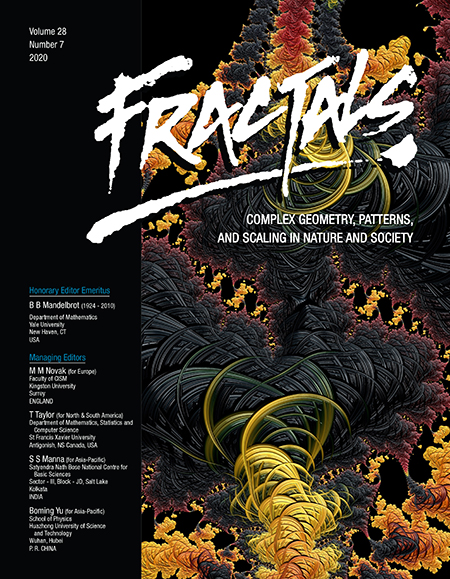GAS–WATER RELATIVE PERMEABILITIES FRACTAL MODEL IN DUAL-WETTABILITY MULTISCALE SHALE POROUS MEDIA DURING INJECTED WATER SPONTANEOUS IMBIBITION AND FLOW BACK PROCESS
Abstract
The multiphase flow behavior in shale porous media is known to be affected by multiscale pore size, dual surface wettability, and nanoscale transport mechanisms. However, it has not been fully understood so far. In this study, fractal model of gas–water relative permeabilities (RP) in dual-wettability shale porous media for both injected water spontaneous imbibition and the flow back process are proposed using fractal geometry. The shale pore structure is described as tortuous with different pore sizes and morphologies including slit pore, equilateral triangle, circular pore and square pore. The proportion of each pore morphology can be obtained from SEM/FIB-SEM pore structure characterization results. Injected water spontaneous imbibition after hydraulic fracturing is modeled as the capillary force dominated process and injected water flow back is modeled as a non-wetting gas phase drainage process in inorganic matter. The organic pores are deemed to be not accessible by injected water. The boundary slip of water and free gas flow in the inorganic matrix are considered while both free gas flow and adsorbed gas flow are modeled in organic matter. The proposed gas–water RP fractal model is verified via comparisons with the available experimental data and is discussed in detail. Study results reveal that gas phase RP increases with increasing pore fractal dimensions and tortuosity fractal dimensions, whereas it decreases with increasing Total Organic Carbon (TOC) volumes. Water phase RP decreases with increasing of pore fractal dimensions and tortuosity fractal dimensions, whereas it increases with increasing TOC volumes.


